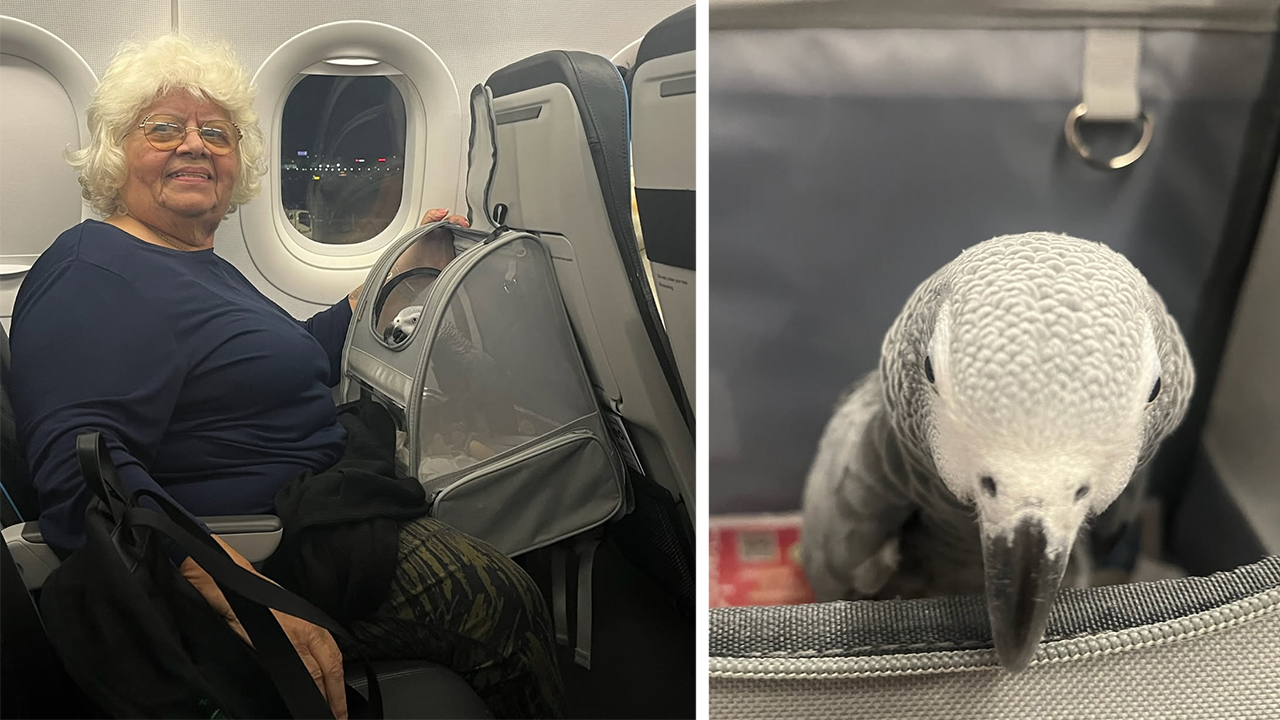USC study suggests new approach to treating hearing loss

LOS ANGELES (KABC) -- University of Southern California researchers are working on an innovative treatment that could potentially restore hearing loss to millions.
Hearing loss affects two-thirds of people over 70 years old, but it's not just an issue for that age group. Experts say those numbers could double in the next 40 years.
At the Joslyn Senior Center, hearing is an important part of 70-year-old Rich Krames' job, who is required to use a phone a lot, but years of military service and factory work has dulled his hearing.
"I never paid attention to headphones and ear protection and all that stuff. It was never offered to us," said Krames.
How do loud noises and age damage hearing?
The director of the Michelson Center for Convergent Bioscience said think of how sound travels on a string between two tin cups.
Neurons are the string or part of the synaptic wiring that creates hearing, but this system gets permanently damaged through wear and tear.
"They're losing their ability to transmit the sound signal to the brain," said USC Chemist Charles McKenna.
McKenna said a new drug can target these damaged cells and promote regeneration.
"These are known compounds," he said. "But the problem has been, 'How do you deliver them and anchor them to the inner ear?'"
Our ears naturally flush things out, that's why it's challenging to deliver medication there. McKenna and his collaborators at USC and Harvard are working on a way to make it stick. He calls it bone velcro.
"A kind of molecular anchor that connects it to the bone inside the inner ear, where it stays and hopefully carries out its function," said McKenna.
He envisions a gel or liquid that can be applied at the opening of the ear.
So, should you throw out your hearing aids? Not just yet, McKenna said.
He added this new approach offers a lot of promise, but it's still at the early stage and needs a lot more research.
But, the potential is exciting for millions of people like Krames.
"I am for it!" he said. "Sounds good to me."
The next step for researchers is to test this approach in animals and move on to human clinical trials.











